
Watch
Wild For Life Journeys - Forests
One million wild plant and animal species are facing extinction. Three-quarters of the land-based environment, eighty-five per cent of wetlands, and two-thirds of oceans have been significantly and negatively altered by human activity. But we can reverse this trend. Countries around the world and the United Nations are working together to raise awareness and step up support to local communities’ efforts to stop the illegal trade in wildlife. You can be part of this too. Together, let’s make it our mission to bring species back from the brink and preserve and restore nature for the benefit of people and the environment.
Listen
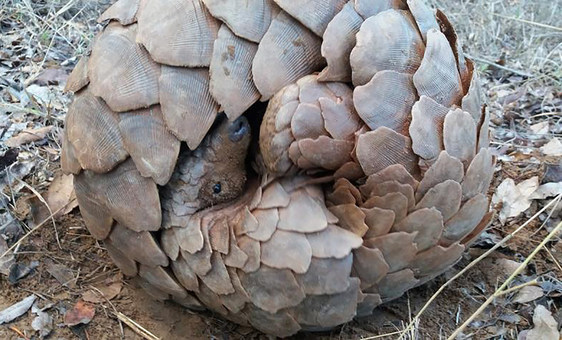
Wildlife trade: Regulated markets involving local communities, ‘essential’ to balance humans and nature
Since COVID-19 emerged in central China in late December, health officials have raced to locate where and how the virus was first transmitted from its likely animal origins to humans. In this interview with UN News, Ivonne Higuero, Secretary-General of CITES, highlights the crucial importance of developing a better balance in the relationship between people and the natural world.
Read
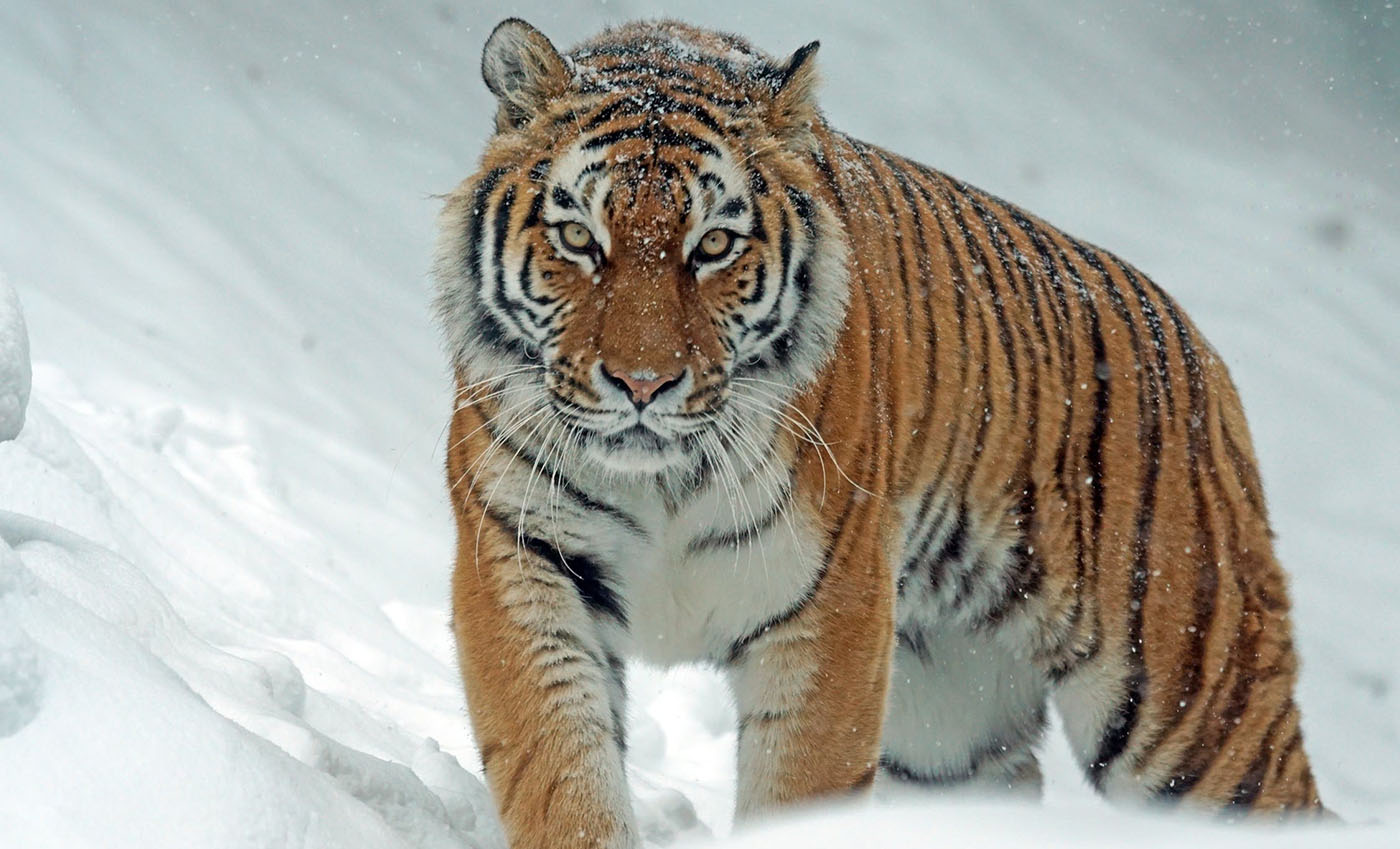
In the Year of the Tiger, how can we help them thrive in the wild?
February 1 2022 marks the start of the 'Year of the Tiger' in the Lunar calendar. Since the beginning of the 20th century, some 97 per cent of the world's wild tigers have been lost. Ahead of the Lunar New Year, we are taking a look back at a recent story on how UNEP and partners are restoring ecosystems and tiger populations in Bhutan.

Women fighting wildlife crime
Through positions they occupy in all walks of life – as influencers in their communities, frontline defenders and wildlife managers, government decision-makers, legislators, scientists, and business leaders - women are working to protect wildlife for the benefit of ecosystems, economies and people.
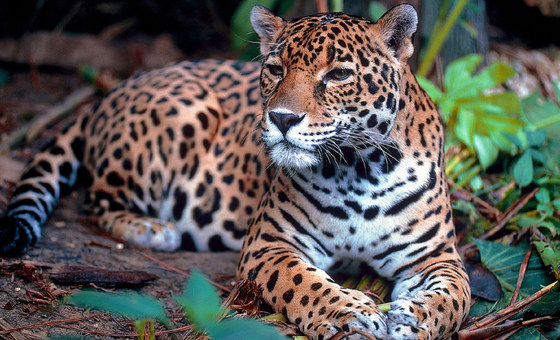
Rewilding sees jaguars return to Argentina’s wetlands
The largest predator in South America, the jaguar, has returned to the Iberá wetlands in Argentina 70 years after the species was driven to local extinction through hunting and habitat loss.
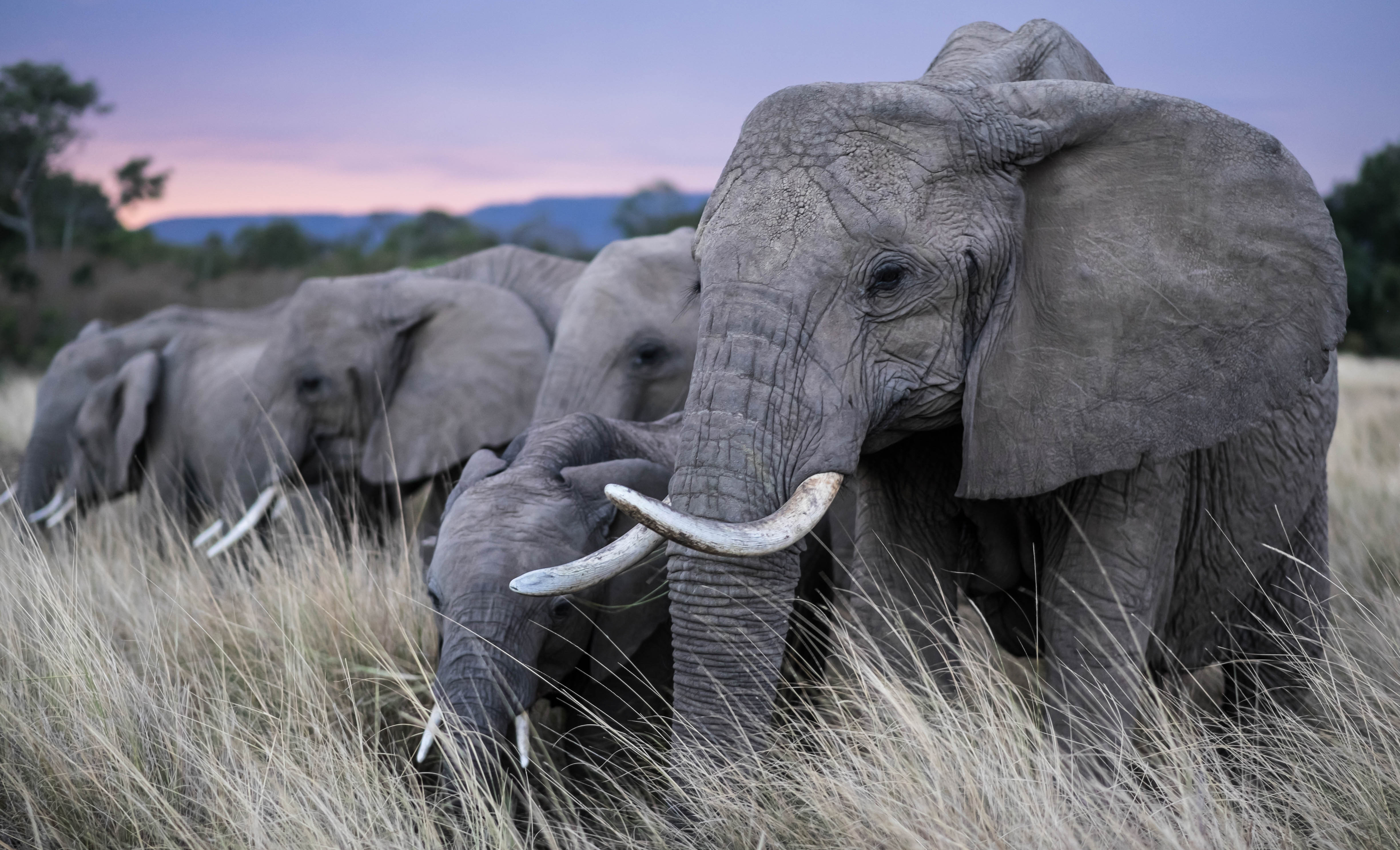
Turning the tide
As traffickers increasingly abuse ports to try to move their products, there arises a singular opportunity – instead of ports being the weak points in the fight against the illegal wildlife trade, they can become an effective chokepoint for strangling the movement of this contraband.

Watchers of the Amazon
For more than 10 years, Loreto, the largest department in the Peruvian Amazon, has been home to a key environmental monitoring initiative undertaken by the Quechua, Achuar and Kichwa peoples, who have assumed the commitment to monitor their lands and bring the problems affecting them to the public eye.
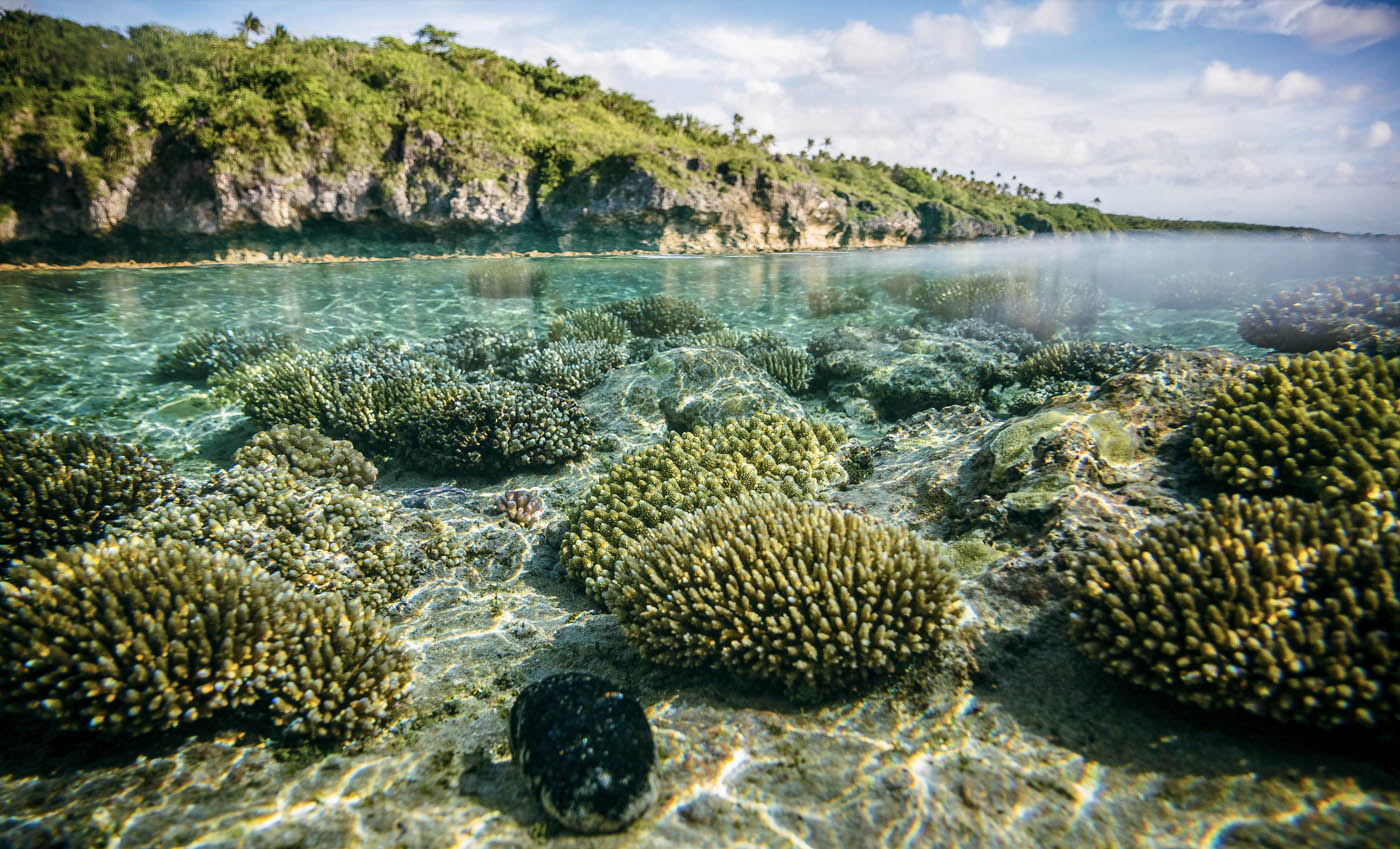
Explore the interactive game Reef Rider Journey
Experience a coral reef through the eyes of a sea turtle to understand its unique role in maintaining nature’s balance. Coral reef ecosystems cover just 0.1 per cent of the ocean, yet they support 25 per cent of its life and the lives of half a billion people on land. Explore and share!
